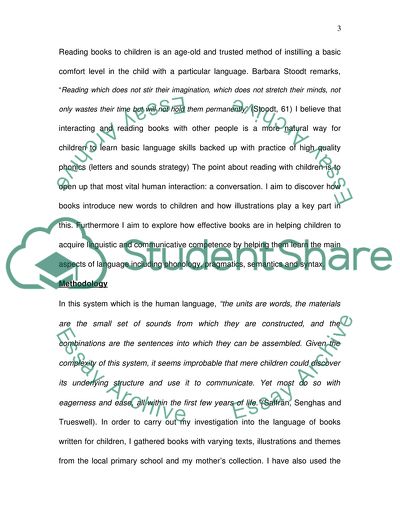Cite this document
(“The Significance of Storytelling for Children Thesis Proposal”, n.d.)
The Significance of Storytelling for Children Thesis Proposal. Retrieved from https://studentshare.org/education/1736317-an-investigatation-into-the-language-of-books-written-for-children
The Significance of Storytelling for Children Thesis Proposal. Retrieved from https://studentshare.org/education/1736317-an-investigatation-into-the-language-of-books-written-for-children
(The Significance of Storytelling for Children Thesis Proposal)
The Significance of Storytelling for Children Thesis Proposal. https://studentshare.org/education/1736317-an-investigatation-into-the-language-of-books-written-for-children.
The Significance of Storytelling for Children Thesis Proposal. https://studentshare.org/education/1736317-an-investigatation-into-the-language-of-books-written-for-children.
“The Significance of Storytelling for Children Thesis Proposal”, n.d. https://studentshare.org/education/1736317-an-investigatation-into-the-language-of-books-written-for-children.


